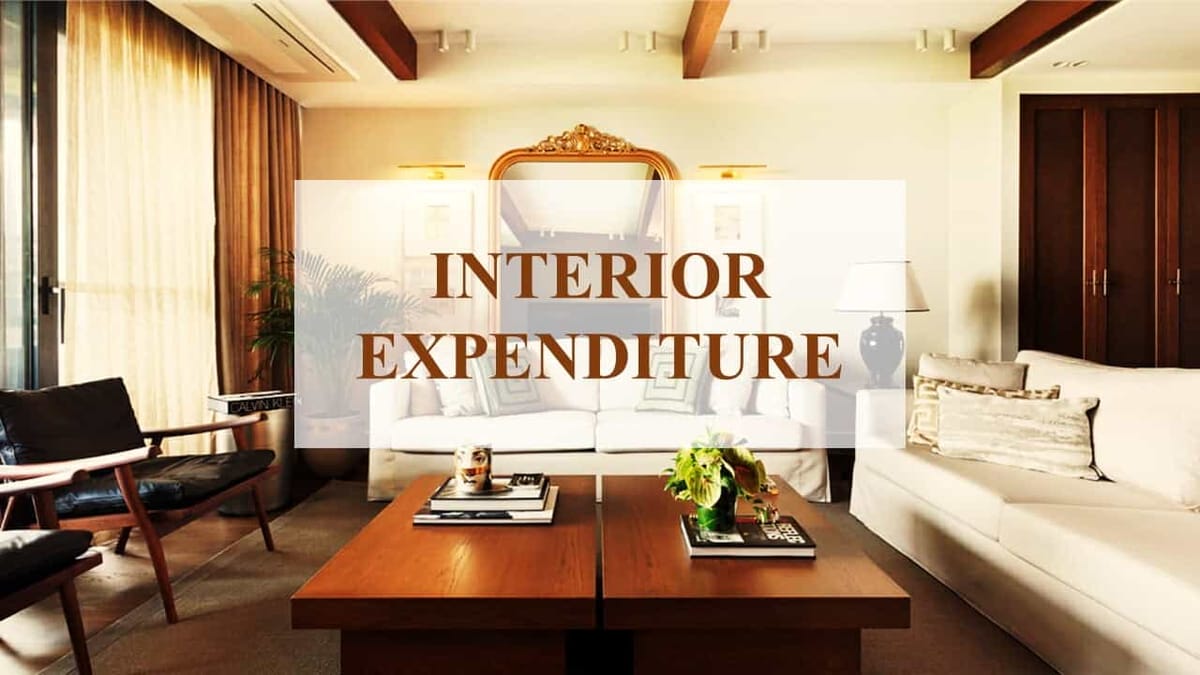Interior expenditure on rented premises revenue in Nature: ITAT
CA Pratibha Goyal | Dec 29, 2022 |

Interior expenditure on rented premises revenue in Nature: ITAT
The solitary issue raised by the assessee is that the learned CIT (A) erred in confirming the order of the AO by sustaining the addition of Rs. 15,51,331/- by treating the interior expenses as capital in nature.
The facts in brief are that the assessee in the year under consideration has claimed interior expenses of Rs.15,51,331/- as revenue whereas the AO was of the view that the expenses incurred by the assessee are of enduring benefit, therefore he treated the same as capital in nature. Accordingly, he disallowed the same and added to the total income of the assessee.
Aggrieved assessee preferred an appeal to the learned CIT (A).
The assessee before the learned CIT (A) submitted that interior expenses were done on the rental shop for the purpose of its smooth running of the business. As such, the impugned expenses were advantageous only for facilitating the business activities. Furthermore, the nature of expenses were including painting, plaster of Paris and the labour charges out of which no fixed assets was coming into existence. It was not possible for the assessee to shift such expenses incurred on the interior of the rental shop to another location upon the vacation of the shop. Accordingly, the assessee contended that the same cannot be capitalized.
However, the learned CIT (A) found that the lease agreement was executed for 22 months with the liberty for further renewal subject to the lock in period of 60 months. Thus, he was of the view that the assessee is going to take the benefit of such expenses over a period of time. Hence, the learned CIT (A) was of the view that such expenditure is capital in nature. However, the Learned CIT(A) directed the AO to allow the depreciation on such capital expenditure. Accordingly, the Learned CIT(A) confirmed the order of the AO in part.
Being aggrieved by the order of the learned CIT (A), the assessee is in appeal before the Tribunal.
ITAT Observations and Order:
11. We have heard the rival contentions of both the parties and perused the materials available on record. Admittedly, the assessee is running its business from the rented premises which was taken for the lock in period of 60 months. Furthermore, in the rent agreement, there was the clause of renewal of the agreement. Accordingly, AO was of the view that the expenditures incurred on the renovation of the business premises will generate benefit to the assessee over a long period of time. Thus, he treated the same as capital in nature on account of enduring benefit expected to arise to the assessee. The view taken by the AO was subsequently confirmed by the learned CIT (A).
12. Now the controversy before us relates whether the expenses incurred by the assessee on the interiors of the business premises amount to capital expenditure in the given facts and circumstances. There is no ambiguity that the assessee shall gain the benefit out of the interior expenses incurred by it. But the benefit is in the nature of smooth and efficient running of the business. As such the benefit to the assessee, though enduring in nature, but the same is not on capital transaction rather it directly relates to the revenue transaction of the assessee. Thus, the same i.e. interior expenses cannot be categorized as capital in nature. Besides the above, we also note that there is not coming any fixed assets into existence out of such expenditure. Thus in the absence of any fixed assets, we are of the view that the impugned expenses cannot be treated as capital in nature.
13. In a recent case before the Madras High Court in CIT v. Viswams [2019] 105 taxmann.com 289/263 Taxman 497/414 ITR 148 the assessee incurred an expenditure of Rs.2,99,36,364/-for civil and renovation/interior improvements works. It claimed such expenditure as revenue on the basis of the binding precedent in CIT v. Hari Vignesh Motors (P.) Ltd. [2006] 282 ITR 338 (Mad.). The Madras High Court then in this case of scooter dealer held as under:
“Held the assessee had put up the ground floor over the existing basement floor only to have the business premises according to the specifications put forth by TVS Suzuki Ltd. and, further, there was a clear-cut stipulation in the lease deed that reimbursement of the expenditure was not possible from the owner of the premises. Hence, in view of the business exigencies, the assessee had put up the construction in and by which the assessee would not get any capital asset. The expenditure was, therefore, deductible.”
14. In view of the above and after considering the facts in totality, we are not convinced with the finding of the learned CIT (A). Accordingly, we set aside the same and direct the AO to delete the addition made by him by treating the interior expenditure as capital in nature on the rented premises. Hence, the ground of appeal of the assessee is hereby allowed.
For Official Judgment Download PDF Given Below:
In case of any Doubt regarding Membership you can mail us at contact@studycafe.in
Join Studycafe's WhatsApp Group or Telegram Channel for Latest Updates on Government Job, Sarkari Naukri, Private Jobs, Income Tax, GST, Companies Act, Judgements and CA, CS, ICWA, and MUCH MORE!"